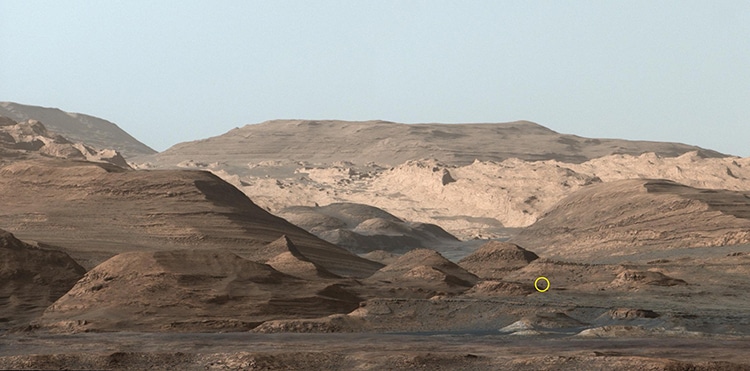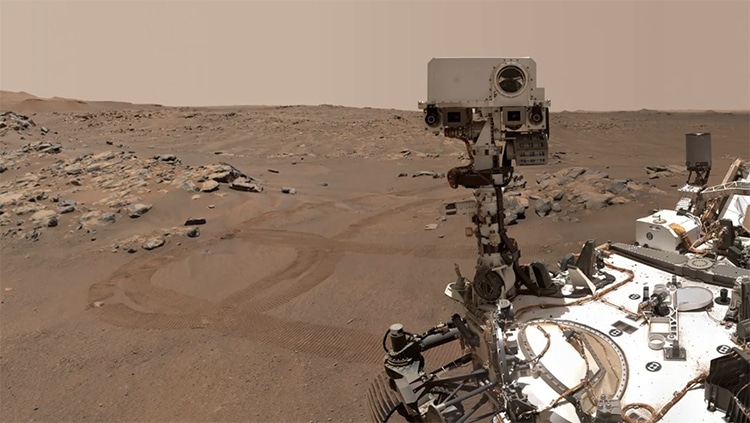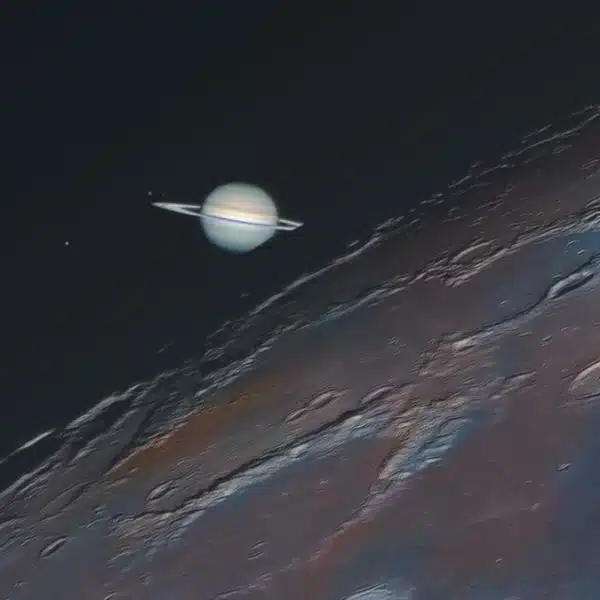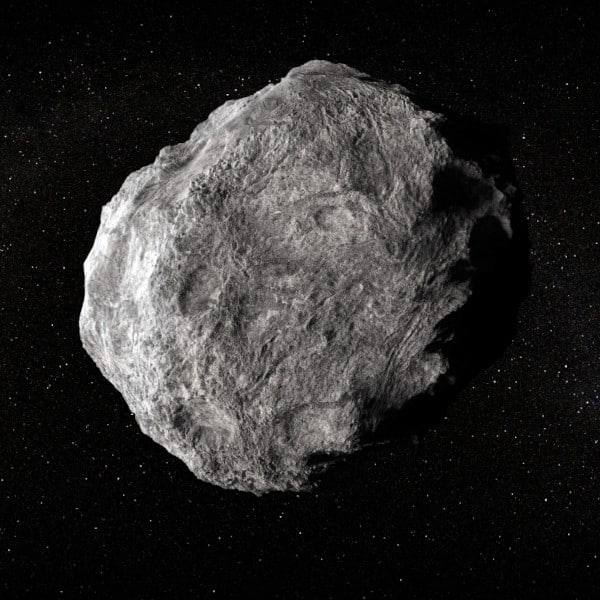
Paraitepuy Pass on the planet Mars, an example of a Mars landscape. (Photo: NASA/JPL-Caltech)
Iconic artist David Bowie may have sang “Is there life on Mars?” in 1971, but the dream of finding—or placing—living creatures on the red planet is still alive in 2022. Oxygen, of course, is critical. Thanks to a large leap in scientific technology, there is now a machine which can produce oxygen in carrying conditions, and eventually it will hopefully be enough to sustain several astronauts. Announced in Science Advances, the Mars Oxygen ISRU Experiment (MOXIE) is a giant step towards putting an astronaut on Mars.
NASA's Perseverance Mars Rover is a machine of many wonders. Attached to the intrepid exploring robot is a particularly innovative device, MOXIE. When started, the device takes several hours to warm up. It then begins filtering and pressuring air pulled from Mars' atmosphere. The air then undergoes an hour-long breakdown process in the portion of the machine known as the Solid OXide Electrolyzer (SOXE). It breaks molecules into carbon monoxide and oxygen. The oxygen is, of course, the breathable, life-sustaining element we are all familiar with here on Earth. MOXIE produces 0.2 ounces of oxygen per hour—about as much as a small tree does though photosynthesis.
Testing MOXIE under different conditions is critical research. “The atmosphere of Mars is far more variable than Earth,” MOXIE deputy principal investigator Jeffrey Hoffman, from the Massachusetts Institute of Technology, says in a statement. “The density of the air can vary by a factor of two through the year, and the temperature can vary by 100 degrees. One objective is to show we can run in all seasons.” The team has tested it in fall, winter, and various times of day. They hope to confirm it also works in spring, as well as at dawn and dusk when Mars' temperatures change rapidly.
Demonstrations of MOXIE's success offer hope that missions to Mars will be more feasible than previously thought. “To support a human mission to Mars, we have to bring a lot of stuff from Earth, like computers, spacesuits, and habitats,” Hoffman says. “But…oxygen? If you can make it there, go for it—you’re way ahead of the game.” Scientists hope a scaled-up model could arrive before astronauts and begin preparing a habitable stash of oxygen for a team of six astronauts arriving 26 months later. Mankind on Mars might just be closer, and more possible, than we dared to dream.
Thanks to a large leap in scientific technology, there is now a machine which can produce oxygen in carrying conditions, eventually it will hopefully be enough to sustain several astronauts.

MOXIE, showing compressor and SOXE assemblies. (Photo: Fig. 1/Hoffman et al.)
The Mars Oxygen ISRU Experiment (MOXIE) is a giant step towards putting an astronaut on Mars.

Perseverance, the Mars Rover, taking a selfie. (Photo: NASA/JPL-Caltech/MSSS)
h/t: [IFL Science]
Related Articles:
You Can Now Hear NASA’s Mars Ingenuity Helicopter Flying on Mars
Out-of-This-World Facts About Mars and Everything We Know About the Red Planet
NASA’s HiRISE Mars Orbiter Captures Detailed Images of an Important Crater
NASA’s Mars Curiosity Rover Photographs a Mysterious “Alien Portal”






















































































